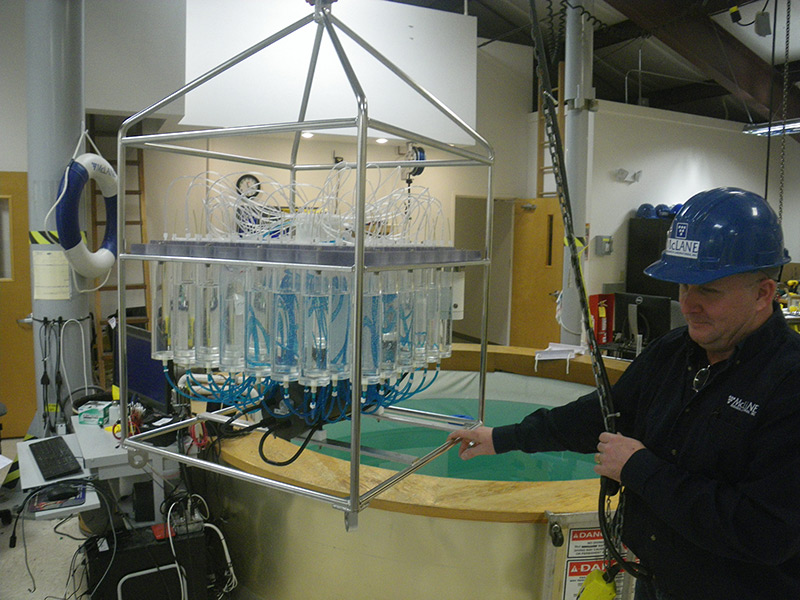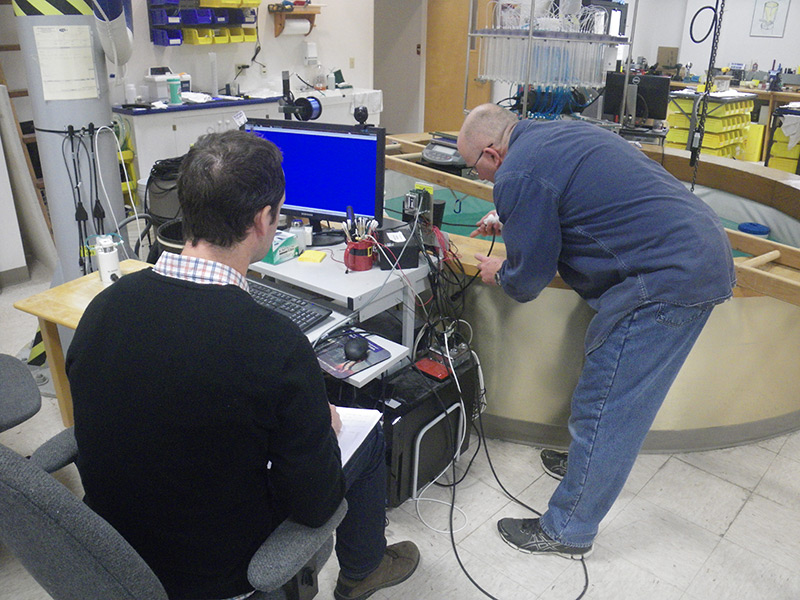
You are here: RAPID » ABC Home » ABC research » Remote Access Sampling
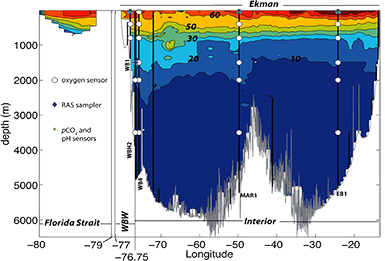
Figure 1. Sensors on the RAPID moorings. MORE
Remote Access Sampling
To study the flow of carbon and nutrients in the subtropical Atlantic, the ABC Fluxes team will deploy Remote Access Samplers (RAS) on the RAPID array at 26°N (figure 1). The samplers will collect 500ml water every 12 days for 18 months and store them in Tedlar® bags that have been pre-poisoned with mercuric chloride to prevent changes in the sample due to biological processes.
Tedlar® is a polyvinyl fluoride (PVF) material used to store samples of air and water without contaminating them. It is inert and non-stick even under high temperatures or the high pressure found in the deep ocean.
Once the samples have been collected and taken back to the laboratory they will be analysed for concentrations of dissolved inorganic carbon (DIC), total alkalinity (TA), inorganic and organic nutrients. These parameters lend themselves to analysis from samples that have been poisoned and stored.
Dissolved inorganic carbon (DIC), sometimes called total inorganic carbon (CT), is the sum of inorganic carbon species dissolved in the water. DIC includes carbon dioxide [CO2], carbonic acid [H2CO3-], bicarbonate [HCO3-] and carbonate [CO32-] ions.
More about DIC in marine carbon chemistry
The total alkalinity (TA) of seawater is defined as the amount of acid required to lower the pH of a water sample to the point where all of the bicarbonate [HCO3-] and carbonate [CO32-] could be converted to carbonic acid [H2CO3].
Like all plants, the microscopic phytoplankton need nutrients to grow and multiply. The main nutrients, Nitrogen (N) and phosphorus (P) are usually in short supply near the sea surface, but more abundant at depth. Because they are continuously recycled as plant cells grow and decay, these nutrients can be present in different forms - organic and inorganic.
Nitrogen in particular, is present in a wide variety of forms. Inorganic nitrogen available for phytoplankton growth includes nitrate, [NO3], nitrite [NO2] and ammonia [NH4]. There are also a myriad of organic nitrogen compounds - released from dead plankton cells and not yet converted to inorganic form by bacteria. Many of these may also be available for growth. To understand the marine nitrogen cycle and how it is linked to carbon uptake and storage, we need to consider both organic and inorganic nitrogen compounds.
More about nutrients in the ocean
This is the first time the ABC Fluxes team have used RAS sampling, so in January they went to Woods Hole in the US for training (see photos below). A trial deployment of the samplers at the Plymouth Marine Laboratory (PML) mooring site in the western English Channel will also help to optimise the sampling system including the handling of samples and blanks for the actual deployment at 26°N
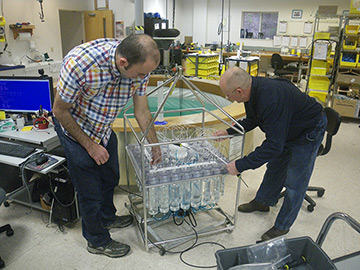
Preparing the sampler. Larger |
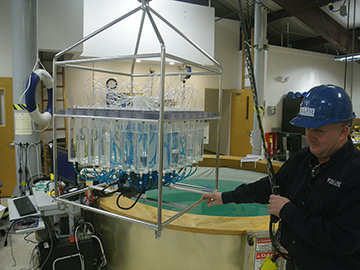
About to deploy the RAS. Larger |
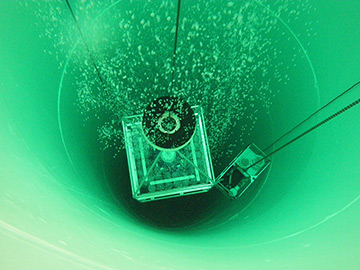
The RAS in the test tank. Larger |
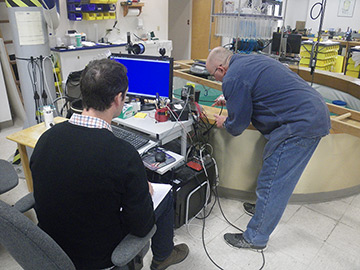
Monitoring deployment. Larger |









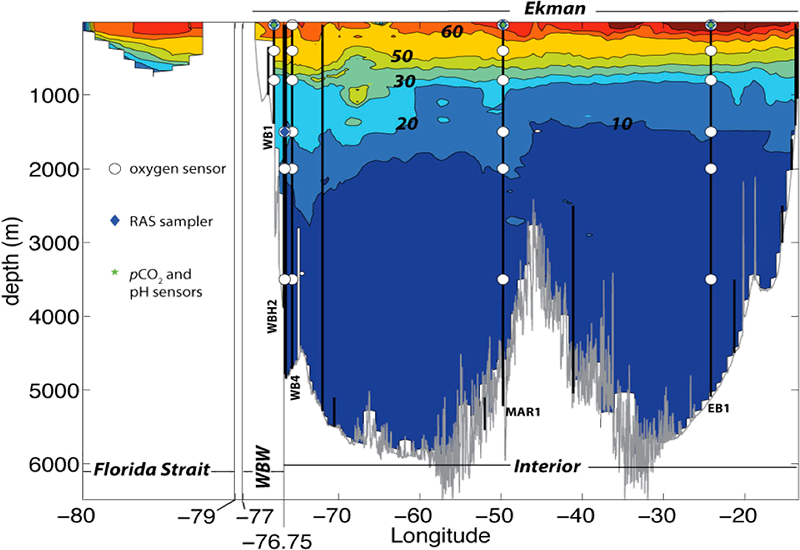
Figure 1. Biogeochemical sensors on the RAPID array at 26N.
Sub regions of the 26.5°N section across the Atlantic: Florida Strait, Western
Boundary Wedge (WBW), Interior and Ekman (surface layer of both the Interior and the WBW).
The black lines show the RAPID moorings.
The Remote Access Samplers (RAS) will be deployed at WB1, MAR1 and EB1 at 50m and at WBH2 at 1500m.
The plot shows anthropogenic carbon (Cant) in μmol kg-1, calculated using the delta C method with hydrographic data from the first RAPID cruise in 2004.
P.J. Brown, D.C.E. Bakker, U. Schuster, A.J. Watson (2010): Anthropogenic carbon accumulation in the subtropical North Atlantic. Journal of Geophysical Research - Oceans 115 (C4), C04016. doi: 10.1029/2008JC005043
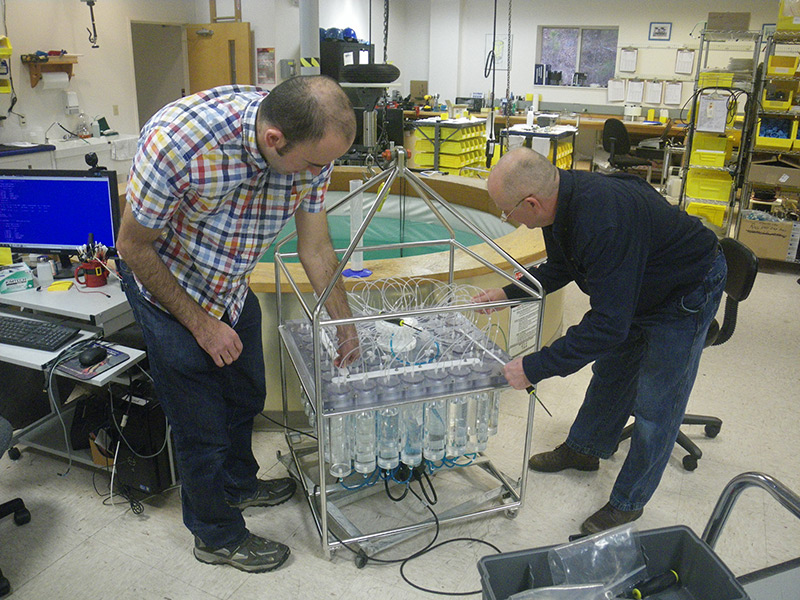
Remote Access Sampler (RAS) in the laboratory during ABC training at Woods Hole Oceanographic Institution. The sampler has 48 sample bottles of 500ml. This sufficient for collecting 1 sample every 12 days over the 18-months deployment on the RAPID array at 26°N.
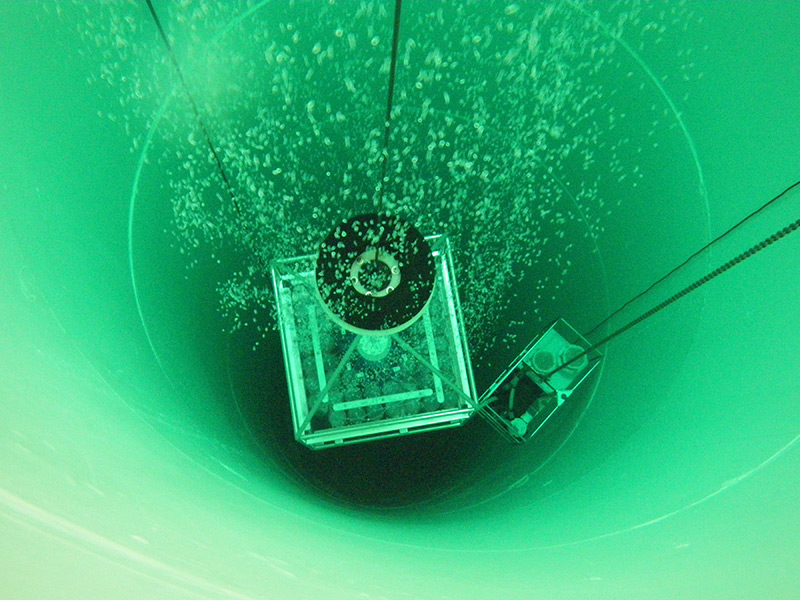
Lowering the RAS into the test tank. When the samplers are deployed on the RAPID array they will be lowered to depths of 50m and 1500m.
